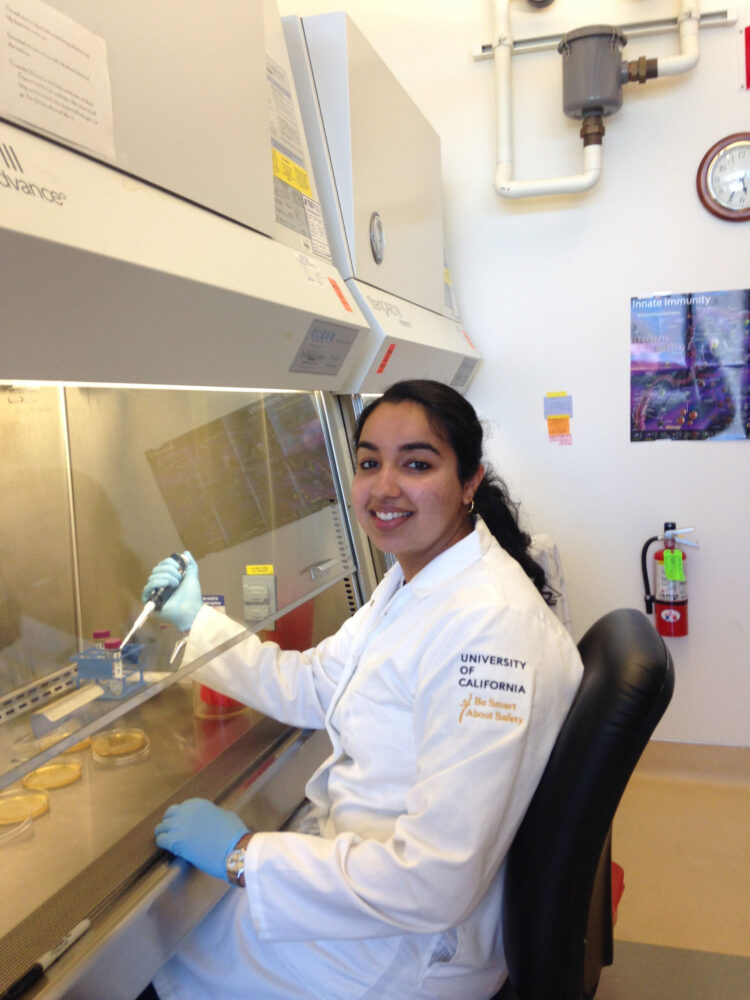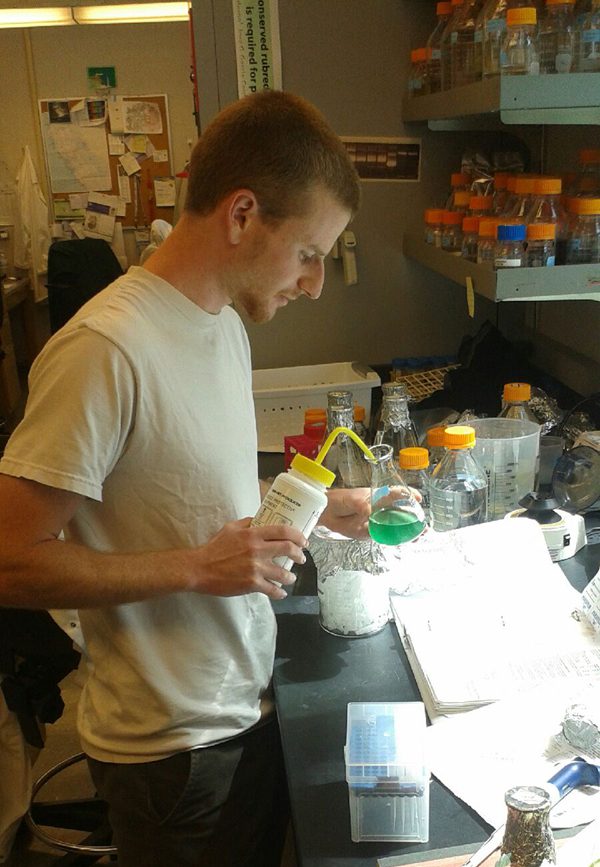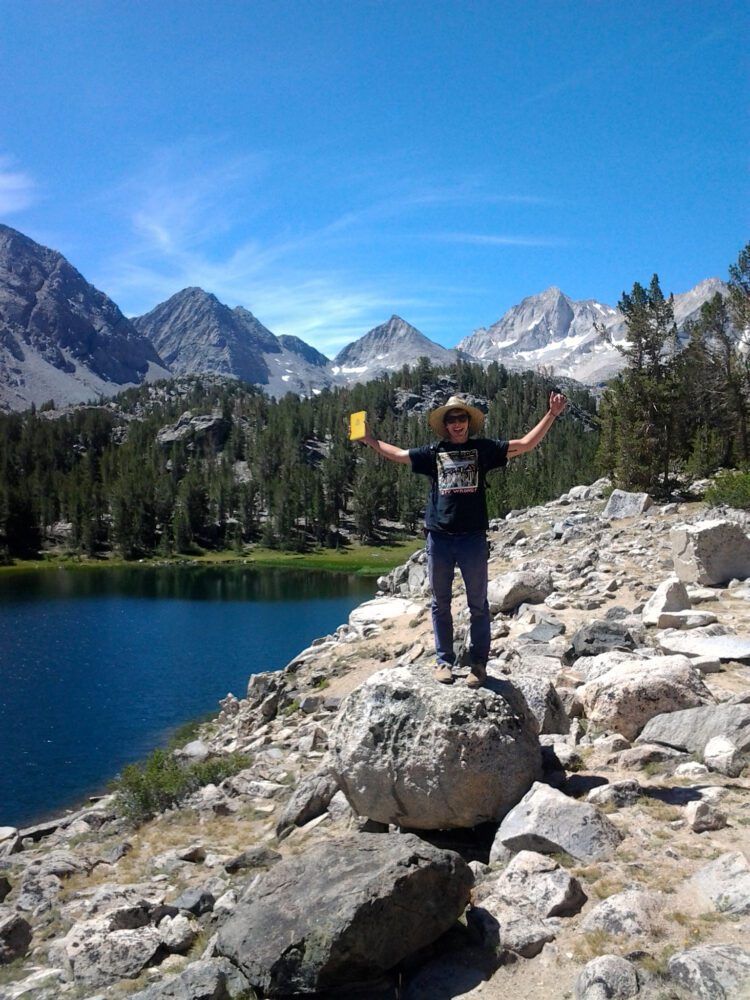Tresa McGranahan
Jimmy Yin

With a prevalence of about 18% of the American adult population, anxiety disorders are an increasingly important focus of mental health research. Such disorders can severely diminish the quality of an individuals daily life. In both the animal and human literature, fear conditioning has provided an important model of the abnormal development of learned fear responses associated with anxiety disorders. One important question has been whether anxiety is characterized by greater generalization of fear responses. This is typically examined by testing stimuli that vary along some dimension in similarity from […]
Gabriel Wong
Mallika Lal

Antibiotic resistance in the Enterobacteriaceae family, which includes Gram-negative bacteria E. coli and Klebsiella, has become a serious public health problem. Many bacteria of this family produce extended-spectrum beta-lactamases (ESBLs), which are enzymes that can degrade most beta-lactam antibiotics. Therefore, carbapenems, a type of beta-lactam drug, are increasingly the drugs of last resort for ESBL-producing bacteria. However, an enzyme called Klebsiella pneumoniae carbapenemase (KPC) threatens to render carbapenems completely ineffective, leaving few choices for treatment in patients with infections caused by KPC-producing species. In fact, the CDC has designated carbapenem-resistant […]
Siti Galang Keo
Ron Cook

Nearly all life on Earth depends on oxygenic photosynthesis, the process by which light energy is used to create sugars and oxygen from water and carbon dioxide. In plants and algae, it is carried out in organelles called chloroplasts, which are cousins of photosynthetic bacteria known as cyanobacteria. Both chloroplasts and cyanobacteria contain membrane-enclosed sacs called thylakoids, and the light-dependent reactions of photosynthesis take place in the thylakoid membrane. Here, light hits the protein complex Photosystem II (PSII), and this energy is used to split water into oxygen, protons, and […]
Jamie Lynn Inman
Matthew Boggess

Everyday actions require both the selection of the correct action and then the correct execution of this action. For example, when playing tennis, one has to both select the correct stroke to use and then correctly execute this stroke. The basal ganglia and cerebellum are two systems in the brain thought to be responsible for action selection and execution respectively. My research aims to develop a computational model of these two systems in order to investigate how they interact to produce complex motor actions. This model will be biologically constrained […]
Sabrina Hom
Eliel Anttila

A worldwide abundance of glacially deposited sediments in early Neoproterozoic strata suggests the onset of a great global cooling event that began approximately 720 million years ago. Sometimes referred to as the Snowball Earth Hypothesis, this period of massive climactic change resulted in the propagation of glaciers at very low latitudes, and potentially covered the entire surface of the planet with ice. Determining the geographical, climatological, and biological changes that happened prior to the onset of this event can allow us to better understand the processes that led to such […]